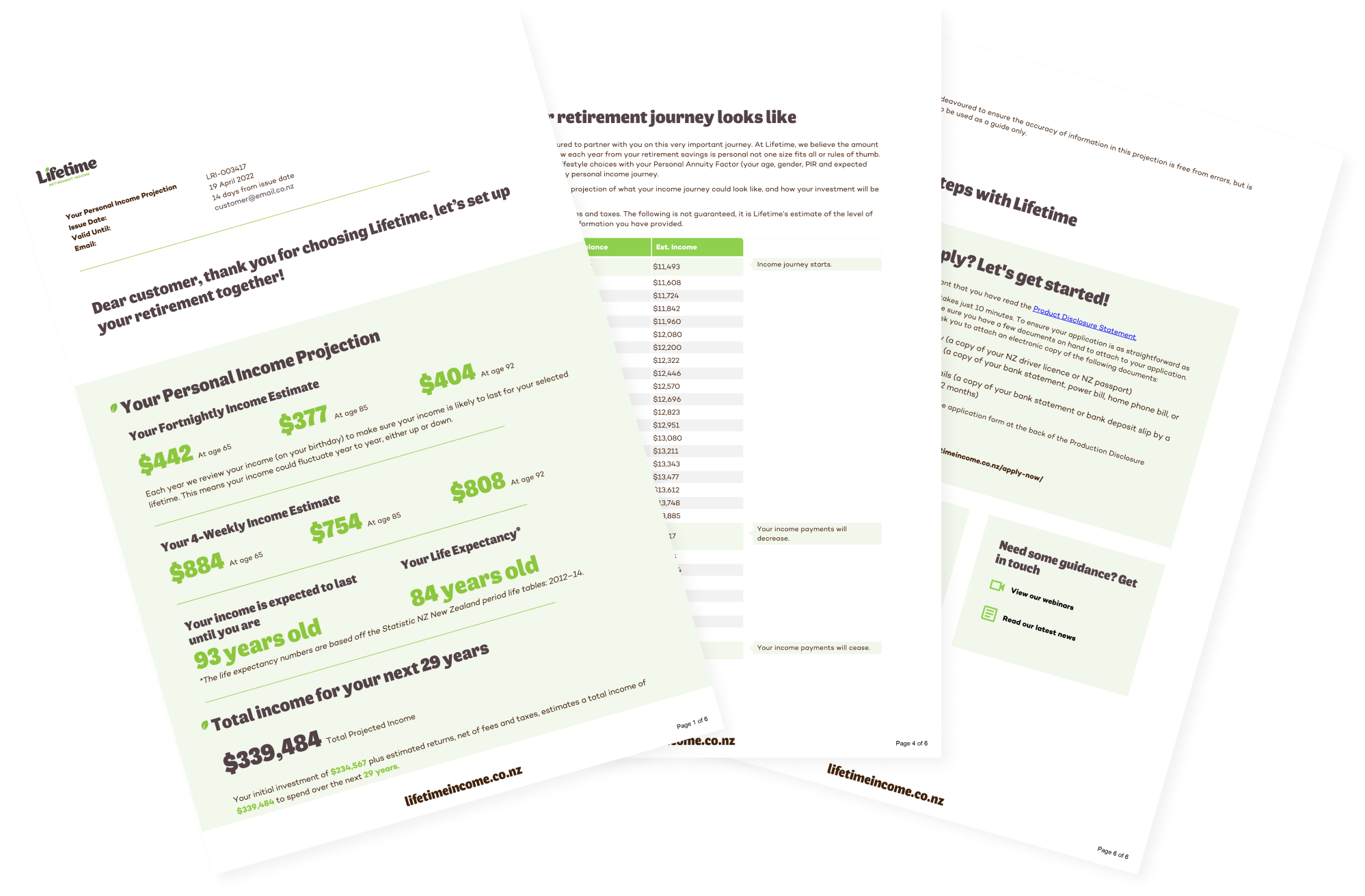Retirement Life
27 May 2025
Should you pay for pet insurance?
Around the time my 12-year old daughter was preparing a 28-page presentation on why we should get a kitten, two sets of our close friends were, separately, grappling with vet bills close to $10,000 each after their cats were run over and struck down with a virus, respectively.
Fair to say it did not bolster the tween’s case. But it did spark plenty of conversations about the value of pet insurance (often only seen in hindsight). So, is it really a must-have?
An easy one if you don’t have an animal…no, obviously! However, we know many seniors derive great joy, companionship and affection from their pets. And, like us, pets can get sick or have accidents, which is when vet bills can make a serious dent in retirement budgets. So, it’s a topic worth taking a closer look at.
What is pet insurance?
It’s basically health insurance for your furry friend. You pay a monthly premium, and if your pet gets injured or sick, the insurer reimburses a chunk of the vet bill, potentially up to 90%, depending on the policy.
There are three main types of cover:
Accident-only: Covers things like broken bones, bites, or swallowing something weird. It’s basic and more affordable, usually costing around $10–$40 a month.
Accident and illness: Adds cover for common conditions like diabetes, arthritis, or infections. Expect to pay $30–$60 monthly.
Comprehensive: The full works – accidents, chronic illnesses, surgery, even dental and behavioural therapy. Premiums usually range from $40–$100 a month.
Each provider offers slightly different plans and pricing, some include dental and alternative therapies, others don’t. Some have caps per condition, others have annual limits. It’s worth comparing a few options and reading the fine print.
Is it worth it?
That depends on a few things, including your pet’s age, your financial setup, and whether you’re okay footing a sudden $5,000 bill for emergency surgery. Vet care in NZ isn’t cheap. There’s no ACC for animals, and the public health system doesn’t extend to our four-legged friends.
Surgery for a torn ligament? Could be $2,500–$5,000.
Cancer treatment? Several thousand more.
Emergency care on a public holiday? Add another premium.
Now imagine getting hit with that kind of bill when you’re already budgeting carefully in retirement. Pet insurance helps soften the financial blow and makes it easier to say “yes” to treatment.
Calculate what you could draw in retirement.

Pet insurance could be a good option if:
- Your pet is young and has a clean bill of health.
- You don’t have a separate emergency fund set aside.
- You’d rather pay a small regular amount than risk a massive one-off cost.
- Your pet spends a lot of time outdoors (where accidents are more likely).
- You have a purebred animal (which can come with inherited health conditions).
Basically, you’re insuring against something you couldn’t comfortably pay for tomorrow.
Pet insurance might not be worth it if:
- Your pet is already in their senior years. Some insurers won’t even cover older animals or will charge sky-high premiums.
- Your pet has pre-existing conditions, most of which aren’t covered.
- You have the means to pay out-of-pocket for most procedures.
- You’d rather take the risk than pay ongoing premiums you might never use.
If your pet lives mostly indoors and is in good health, the odds of major accidents may be lower, but never zero. Indoor cats can still get kidney disease or eat something dodgy, for example.

What’s the alternative?
If you’re on the fence, a common alternative is self-insuring. That means setting up a savings account just for vet bills. If your pet stays healthy, the money’s still yours. The downside? If something goes wrong early on, say your new pup swallows a sock in month three, you might not have saved enough to cover it yet.
Some people also arrange payment plans with their vet, but that depends on the clinic and may come with interest or extra fees.
What pet insurance doesn’t cover
It’s important to know that not everything’s included. Most policies won’t cover:
- Pre-existing conditions
- Routine care like flea treatments or vaccinations (unless you get an add-on)
- Breeding or pregnancy-related costs
- Elective or cosmetic procedures (like tail docking)
- Food, toys, or accessories
- Behavioural issues (unless specified)
And watch for waiting periods. Some policies won’t cover certain conditions for the first few months.
Is it for you?
Only you can answer that, but here’s a good rule of thumb: If an unexpected $3,000 vet bill would seriously stress your finances, pet insurance is worth thinking about.
It won’t be the right fit for everyone, but it can offer peace of mind in an unpredictable world (especially when your dog thinks your garden hose is a chew toy).
Tip: If you do sign up, try to do it while your pet is still young and healthy, before any conditions crop up. The earlier you start, the better your cover (and the cheaper your premiums are likely to be).
More questions?
If you want to do a deeper dive to find out whether pet insurance is right for you and your beloved furball, MoneyHub has a comprehensive guide, as well as a quote comparison tool.

Project your retirement income.
Invest with Lifetime for a retirement income managed for living.
